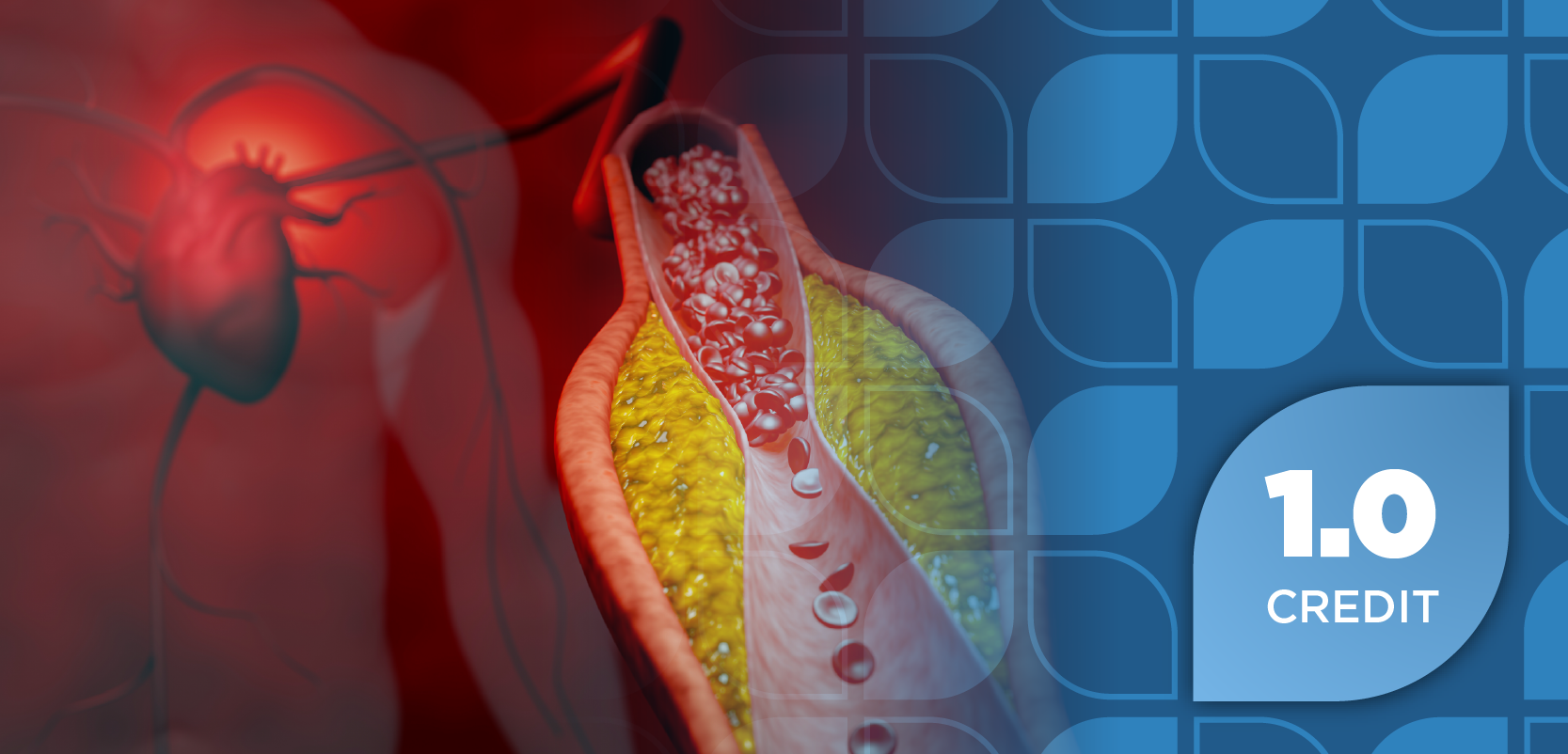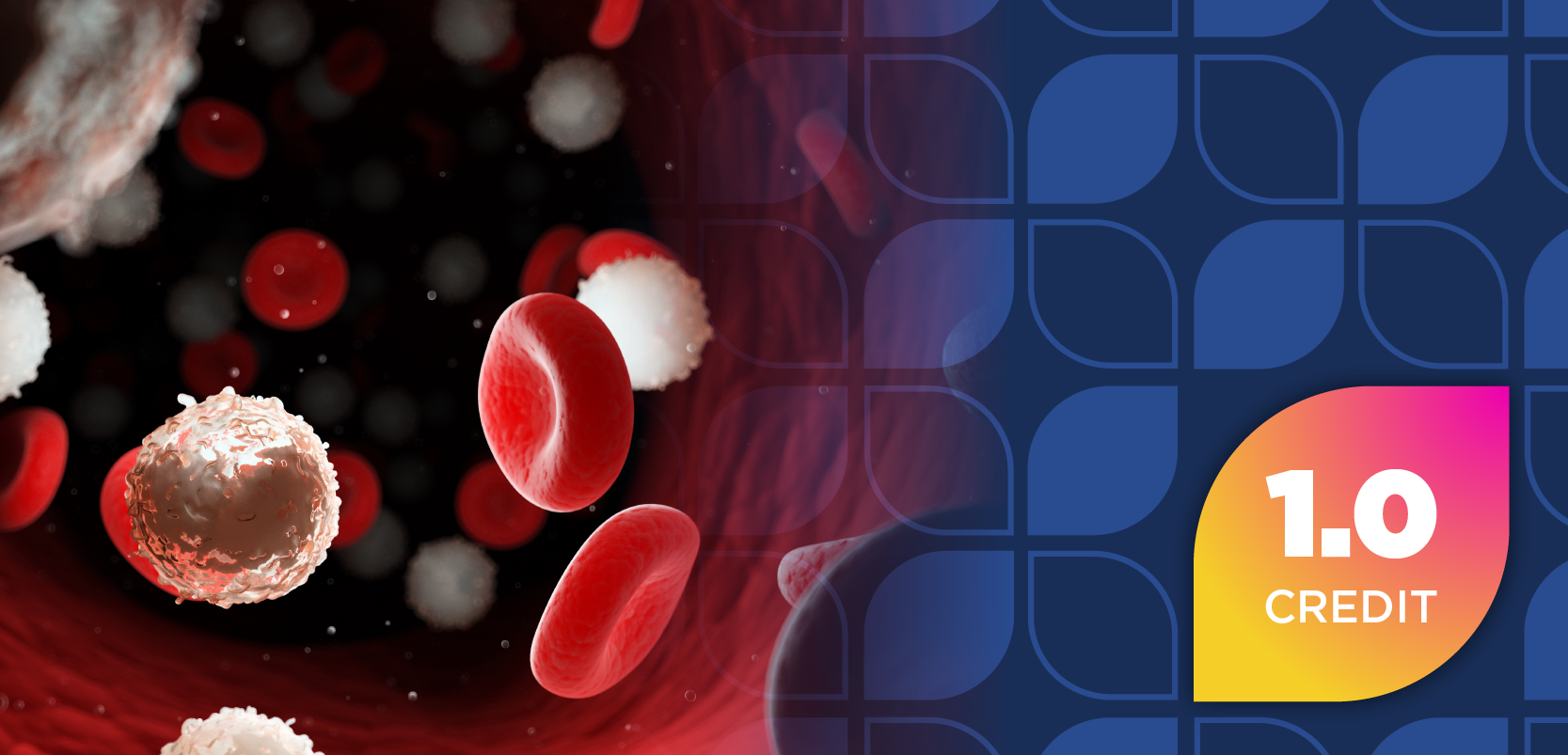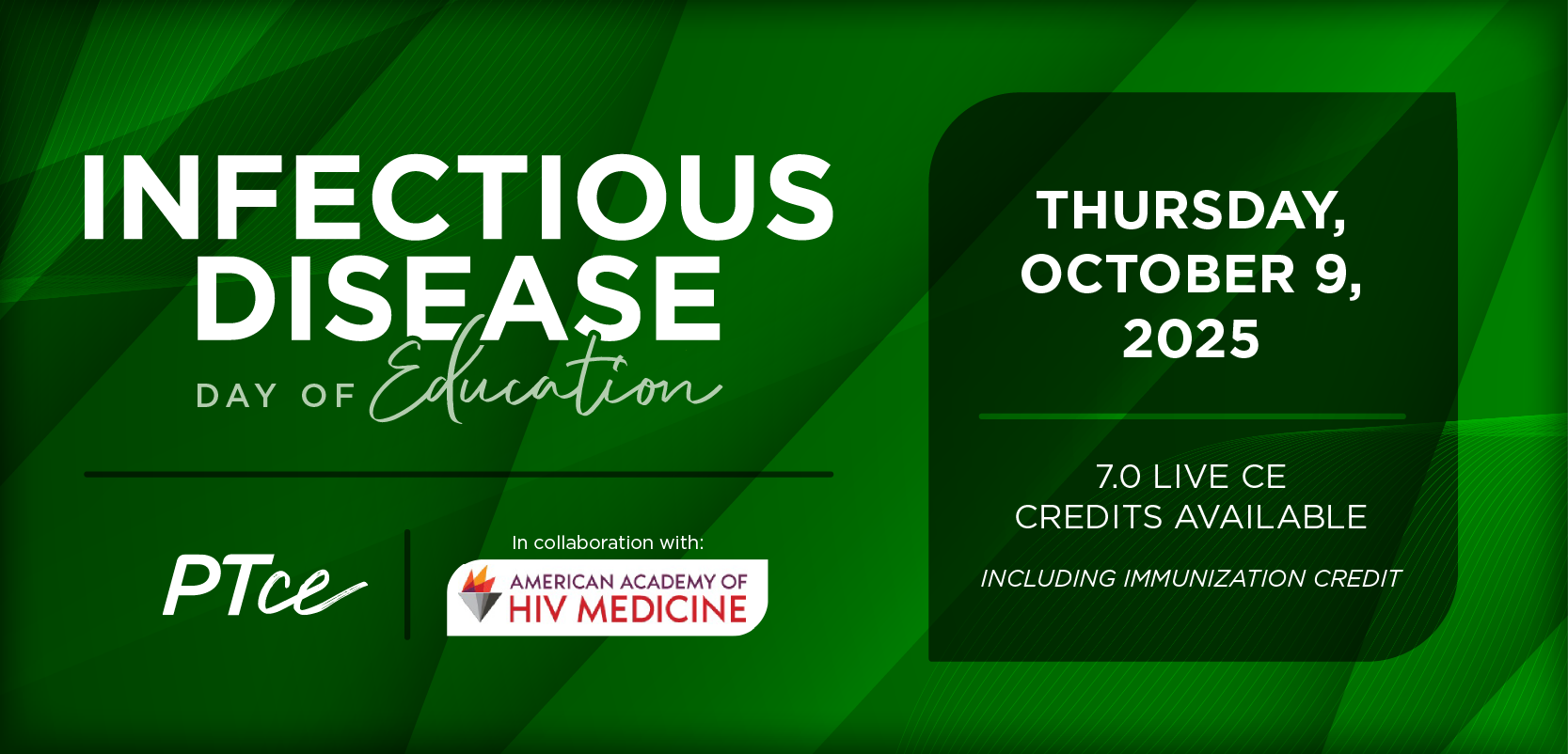Immunotherapy Toxicity: Strategies for Monitoring, Treating Adverse Events
A session at the ESMO Congress 2019 highlighted potential prevention and treatment strategies for life-threatening immunotherapy toxicities in patients with cancer.
Despite the clinical benefits of immunotherapy, these treatments are associated with immune-related toxicities that may require careful monitoring and intervention.
In a session held at the ESMO Congress 2019, Stephane Champiat, MD, PhDc, and Camillo Ribi, MD, discussed toxicity profiling in immunotherapy, including how to manage patients on these treatments and which life-threatening immune-related adverse events (irAEs) to watch out for.1
Toxicity management of patients starting on immunotherapy is crucial to preventing irAEs and rapidly addressing them when they do occur. Champiat referred to a systematic review and meta-analysis of the incidence and types of immune checkpoint inhibitor-related AEs and related fatalities, highlighting toxicities associated with anti-CTLA-4, anti-PD-1, anti-PD-L1, and combination therapies.2
According to these data, anti-CTLA-4 therapies resulted in the most deaths compared with other treatments, with the highest toxic event being colitis. However, these findings varied across immune checkpoint inhibitors, according to the study. For example, pneumonitis was cited as the highest occurring toxicity in PD-1 inhibitors.2
Champiat noted this exemplifies that one of the main challenges in treating irAEs is not the frequency, but the diversity of toxicities that can occur. Although colitis and pneumonitis are frequent AEs, they are rarely fatal. On the other hand, AEs such as myocarditis and myositis are rarer but can frequently cause death. According to the analysis, more commonly occurring toxicities tended to have lower fatality rates, whereas low frequency toxicities had worse outcomes.
“The learning curve is very key for managing toxicities,” Champiat said, noting that it can be difficult to understand how to treat events that don’t occur as often.
Champiat also offered strategies for identifying and managing difficult-to-treat toxicities in patients starting on immunotherapy. He recommended a multi-disciplinary approach consisting of inclusion of the entire health care team to best tackle potential AEs that arise. Additionally, ensuring that patients report any new, persistent, or worsening symptoms is important. Champiat also recommended providing patient cards or medical information letters for education.
“Time to symptom onset of fatal toxic effects by ICI regimen are very rapid,” Champiat explained. For CTLA4 and combination therapies, toxicities can emerge within 3 months of onset. Onset of toxicities related to PD-1 inhibitors can be delayed, however, so it is important to continue monitoring patients who are starting on these therapies, he said.
Another consideration when detecting potential irAEs is the overlap of co-occurring fatal immune-related toxicities.
“Patients can have different toxicities and they can also have toxicities that overlap with each other,” Champiat said.
For patients who do not respond to corticosteroid treatment, Dr Ribi offered suggestions for second-line immunosuppressants. For all irAEs, with the exception of hepatitis, infliximab (5 mg, 10 mg/kg iv) can be used and may be repeated after 2 weeks. Additionally, vedolizumab can be given as an alternative option in immune-related colitis. Other options included tacrolimus (plasma through-levels of 5 to 10 ng/ml); mycophenolate mofetil (2 x 1000 mg per day); or tocilizumab (4 to 8 mg/kg iv), but avoided in colitis and hepatitis.
According to Ribi, early selective immunosuppressive therapy is associated with better outcomes in colitis.
Citing a study published in the Journal for Immunotherapy of Cancer, Ribi explained that early selective immunosuppressive therapy started within 10 days led to fewer hospitalizations and a better chance to taper steroids. The study included 84 patients with diarrhea/colitis treated with infliximab or vedolizumab.3
Ribi also urged consideration of infection in patients who are refractory to second-line treatment.
In terms of predictive markers, patient frailty can indicate tolerance in case of irAEs. This can include patients with pre-existing respiratory, cardiac, hepatic, or renal insufficiencies, as well as organ transplanted patients.
Moreover, patients with a higher risk of irAEs may include those with pre-existing autoimmune or inflammatory diseases and those previous irAEs.
“Later on, when we have better biomarkers we may be able to identify patients at high risk,” Champiat said.
References
- Haanen JB, Champiat S, Ribi C. Toxicity profiling of immunotherapy of cancer. Presented at ESMO Congress 2019. September 29, 2019. Barcelona, Spain.
- Wang DY, Salem JE, Cohen JV, et al. Fatal toxic effects associated with immune checkpoint inhibitors: a systematic review and meta-analysis. JAMA Oncology. 2018. doi:10.1001/jamaoncol.2018.3923
- Wang Y, Abu-Sbeih H, Mao E, et al. Immune-checkpoint inhibitor-induced diarrhea and colitis in patients with advanced malignancies: a retrospective review at MD Anderson. Journal for Immunotherapy of Cancer. 2018. https://jitc.biomedcentral.com/articles/10.1186/s40425-018-0346-6
Newsletter
Stay informed on drug updates, treatment guidelines, and pharmacy practice trends—subscribe to Pharmacy Times for weekly clinical insights.
Related Articles
 Effectively Managing Immunizations in the Long-Term Care Setting
Effectively Managing Immunizations in the Long-Term Care SettingSeptember 18th 2025
 IMS 2025: Quadruplet Regimens Enhance Depth of Response in Multiple Myeloma
IMS 2025: Quadruplet Regimens Enhance Depth of Response in Multiple MyelomaSeptember 18th 2025



















































































































































































































